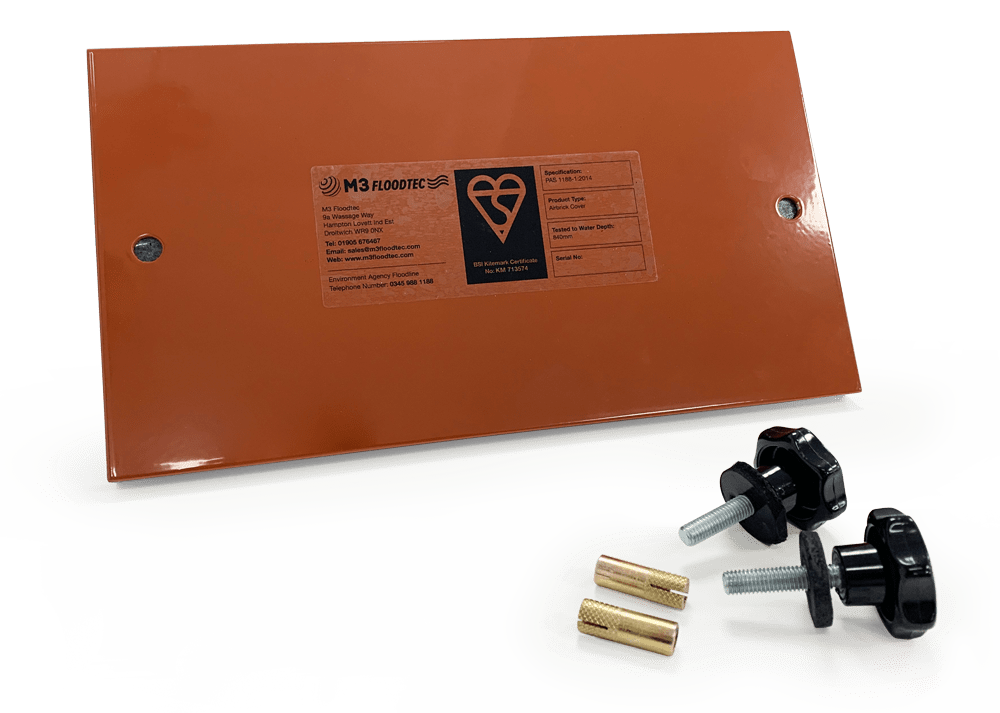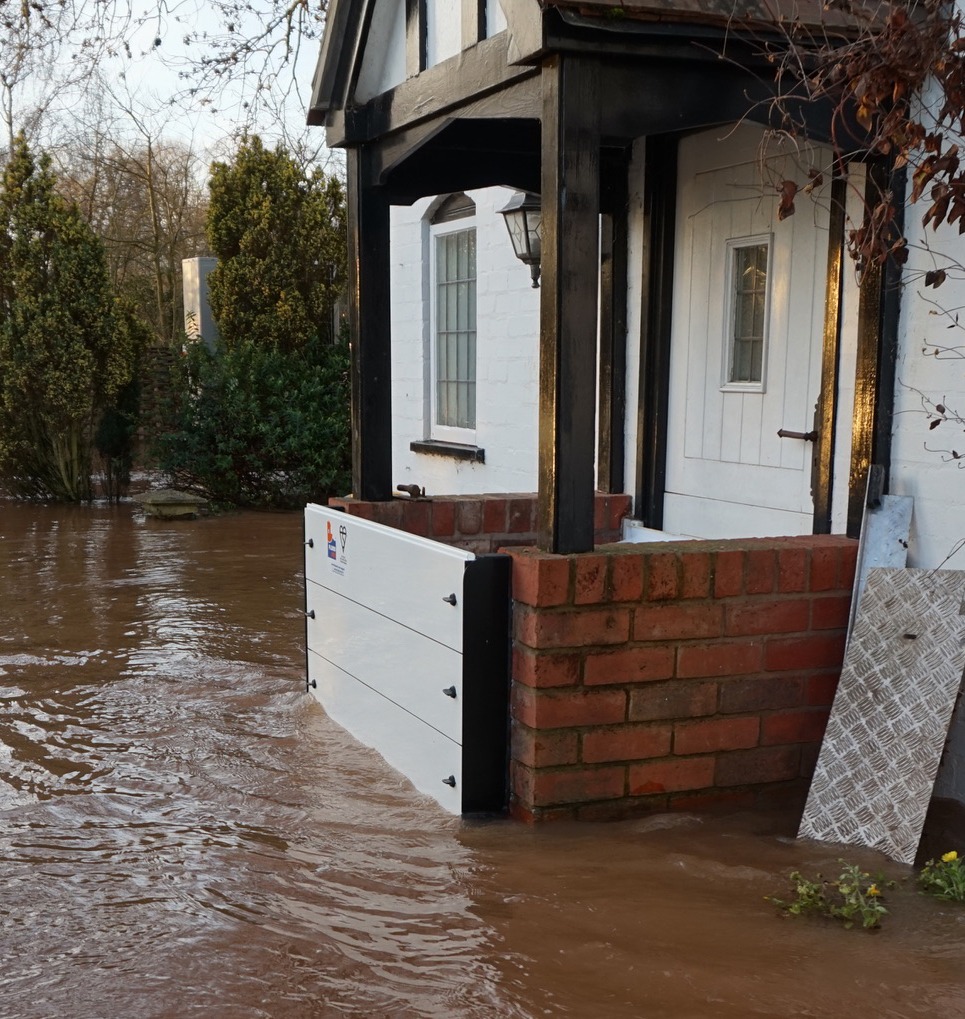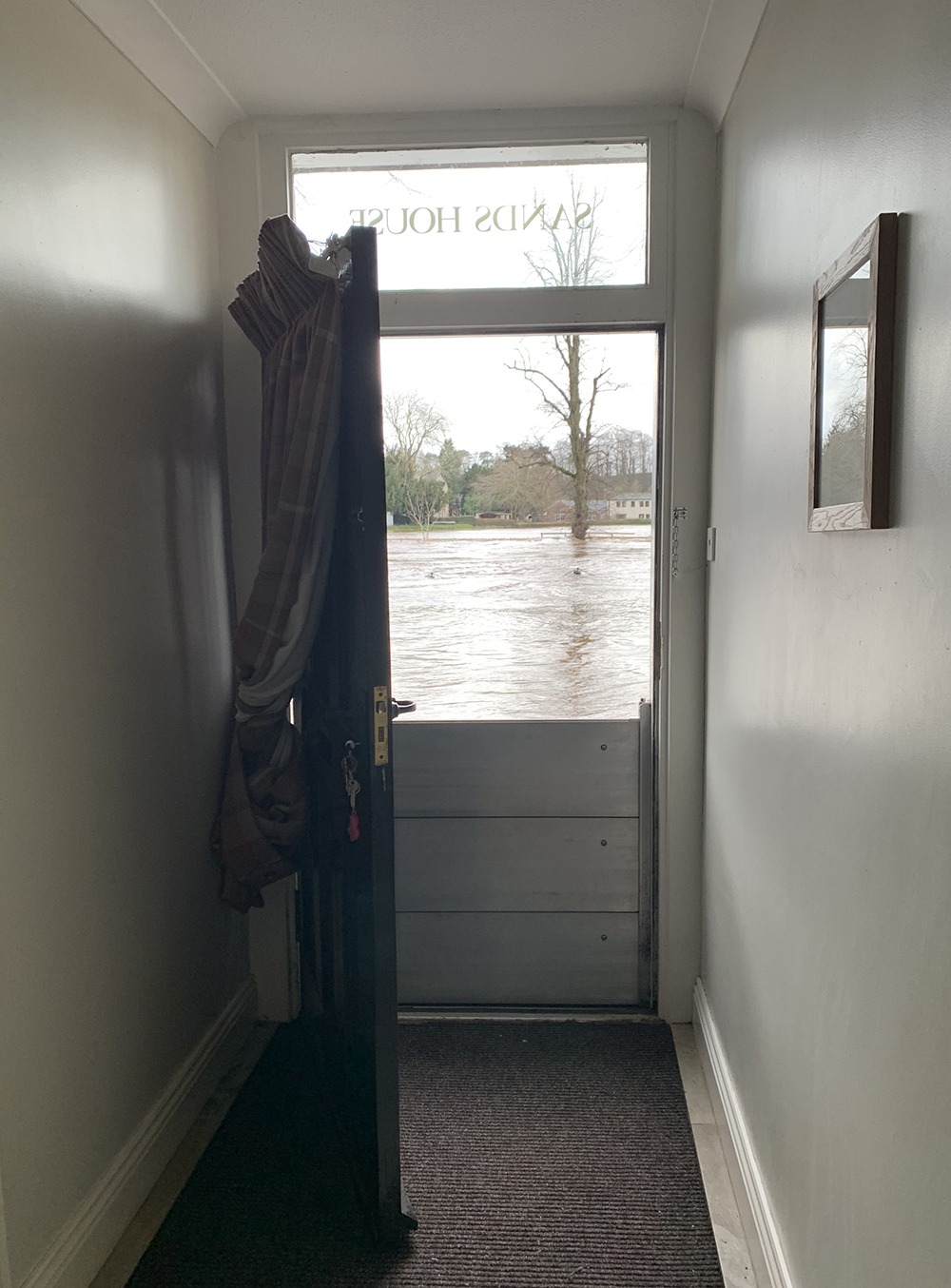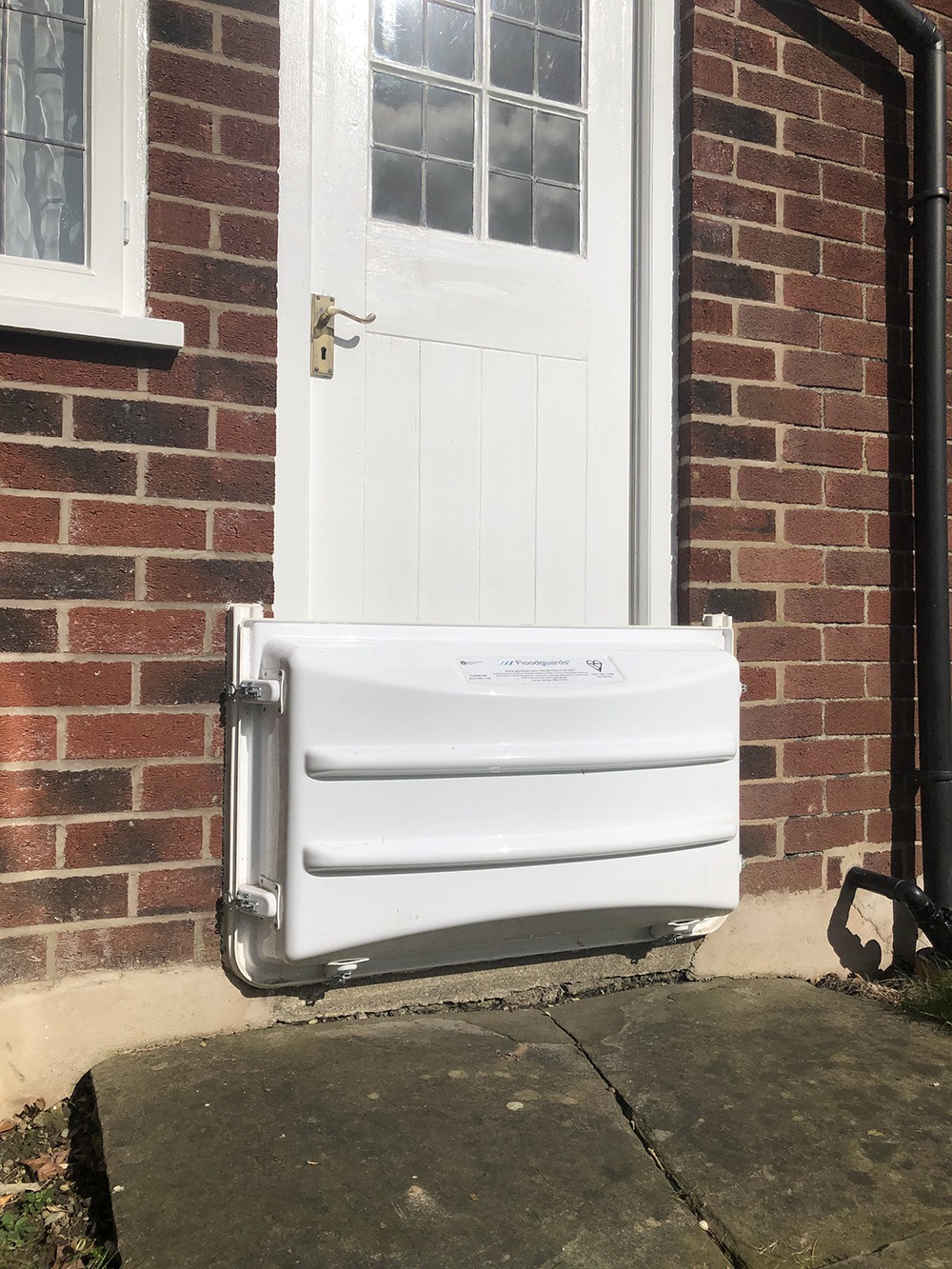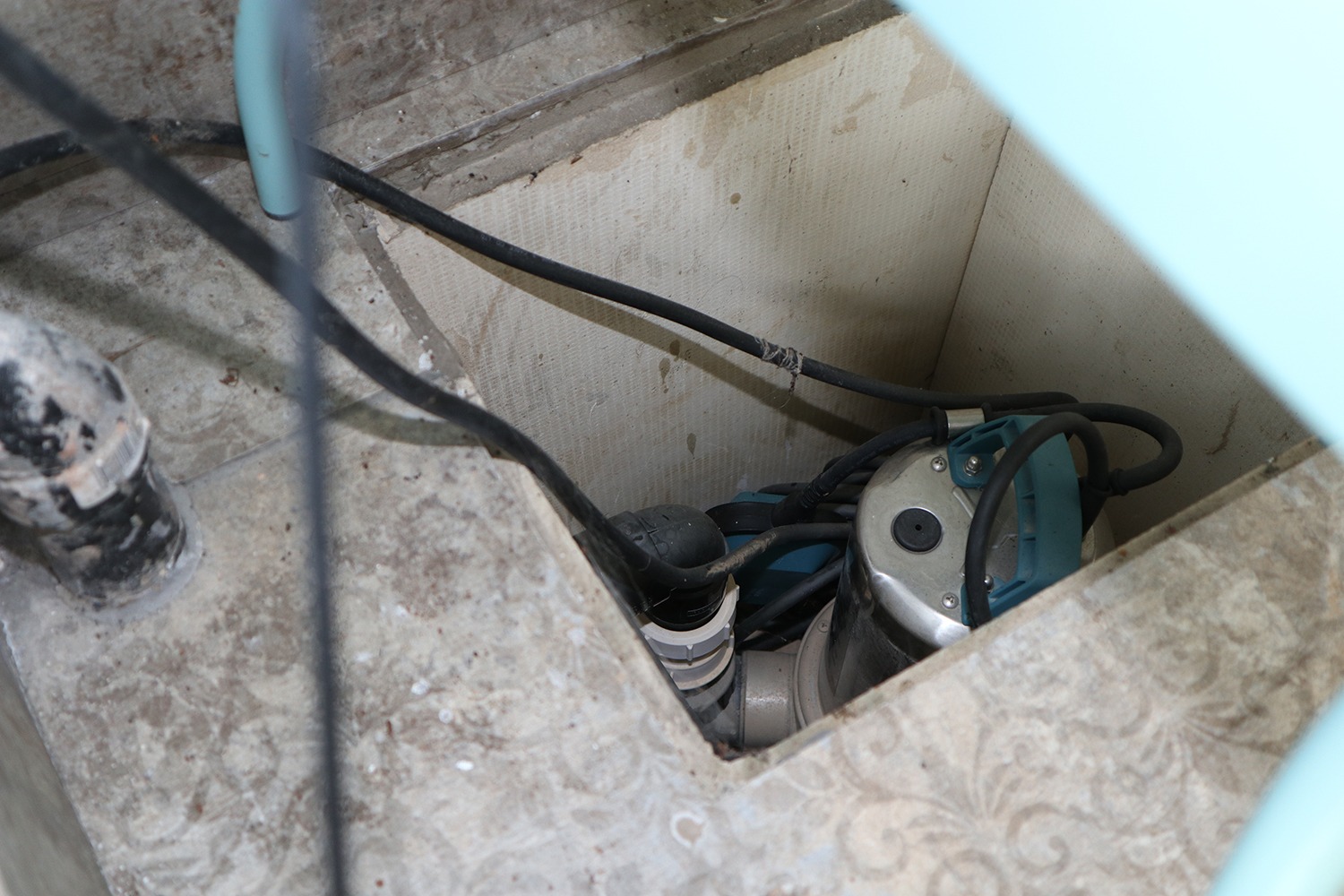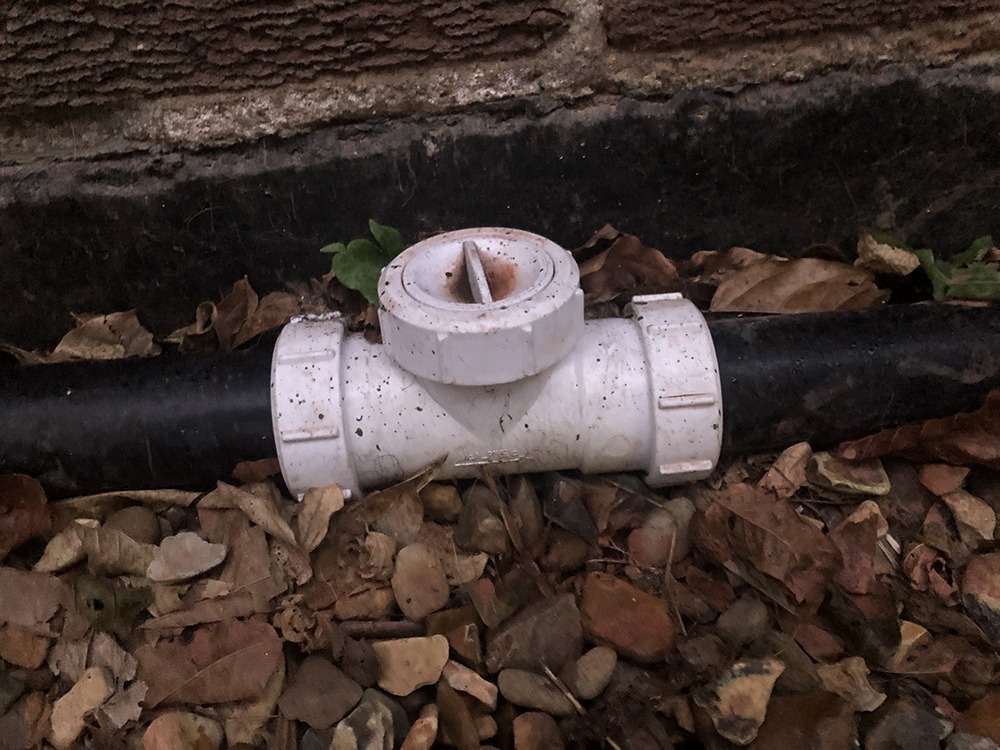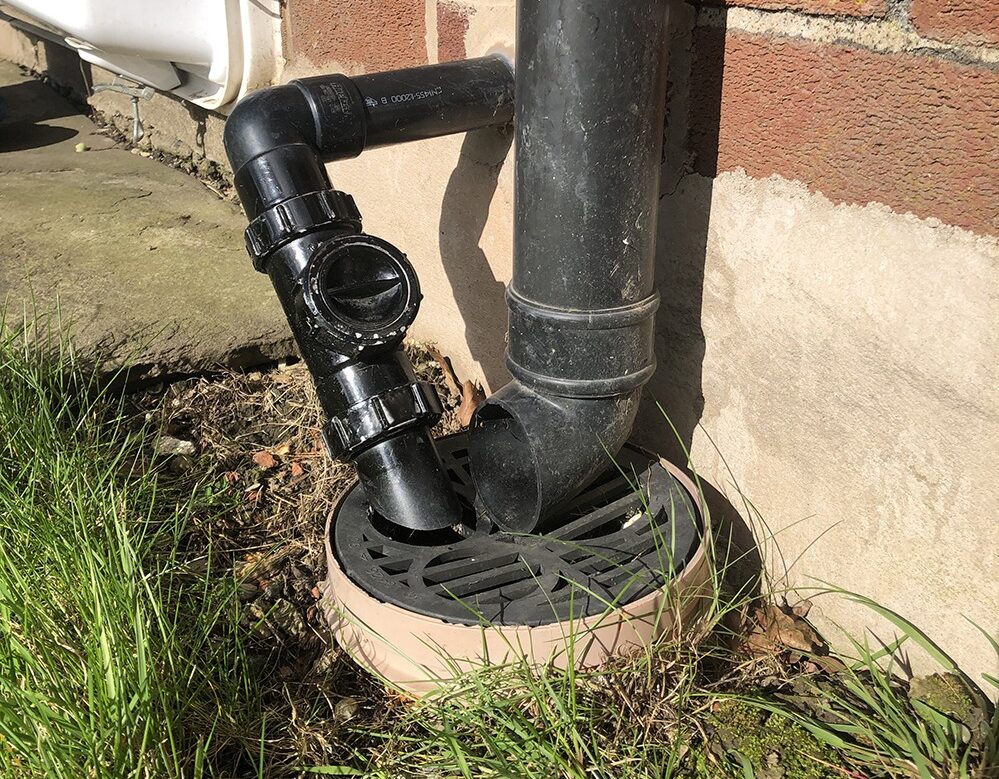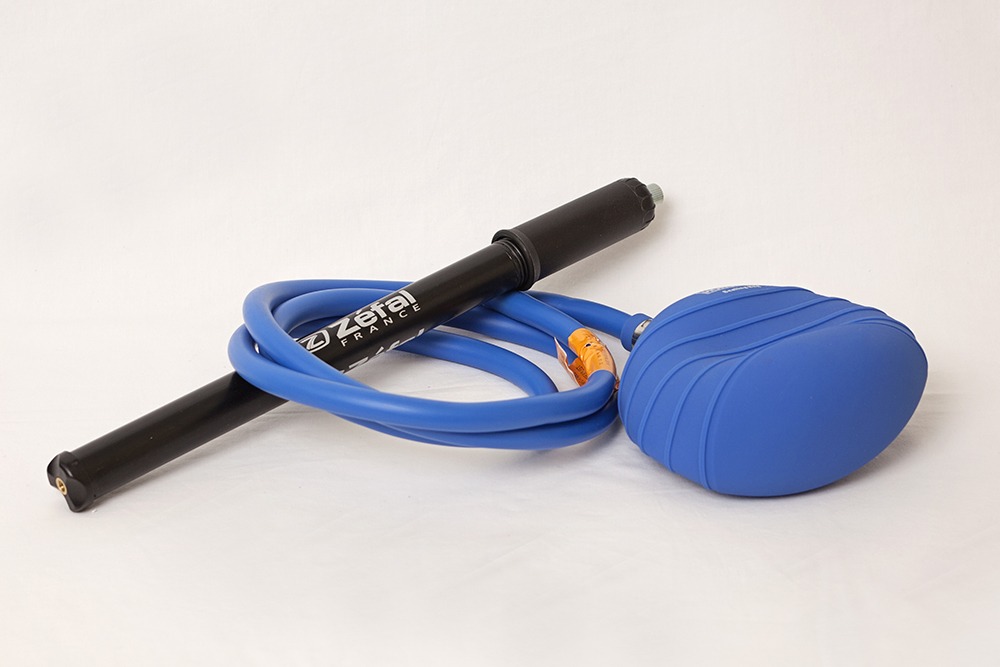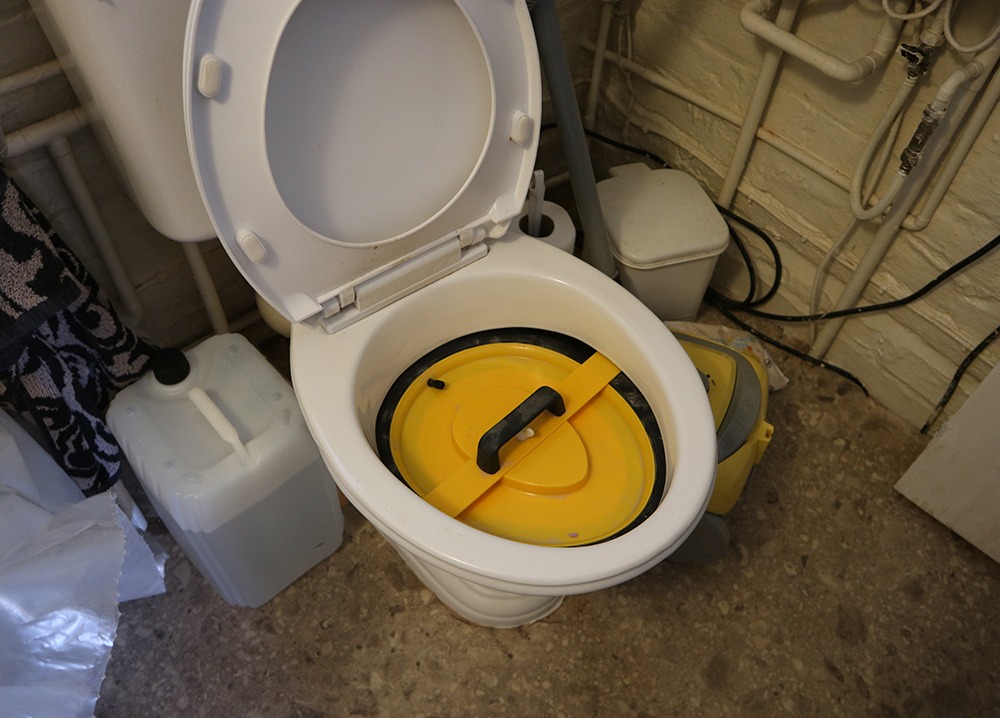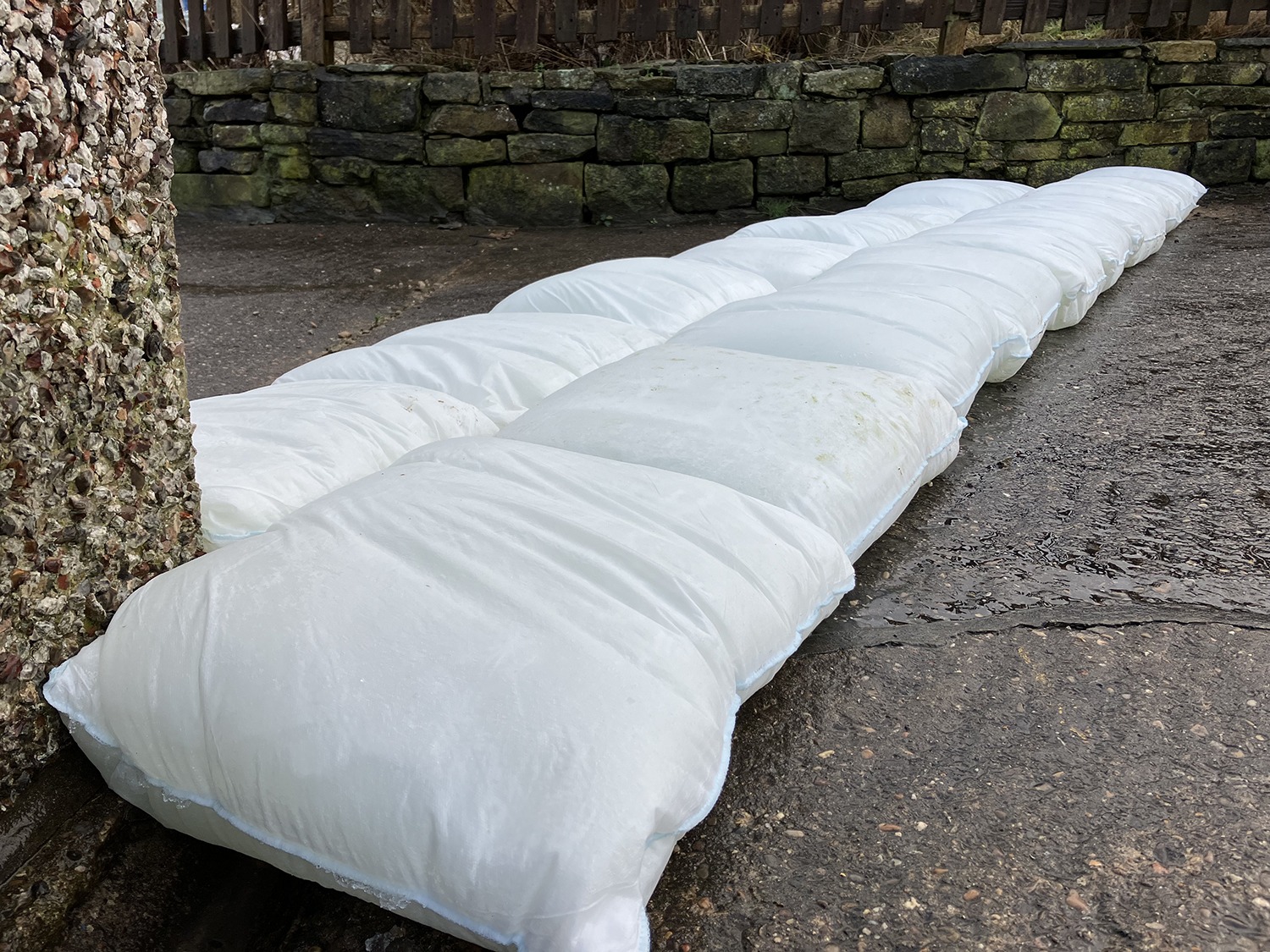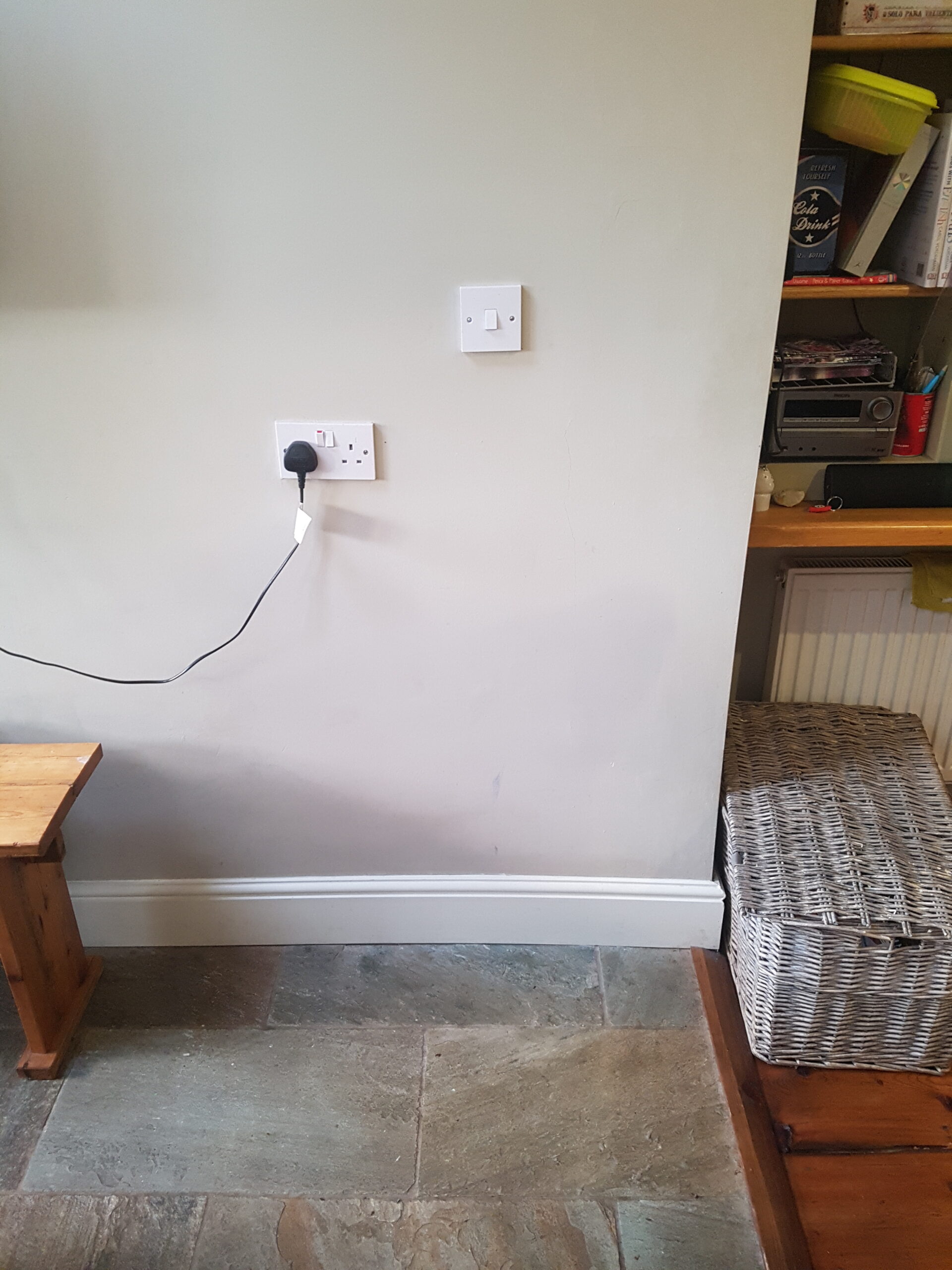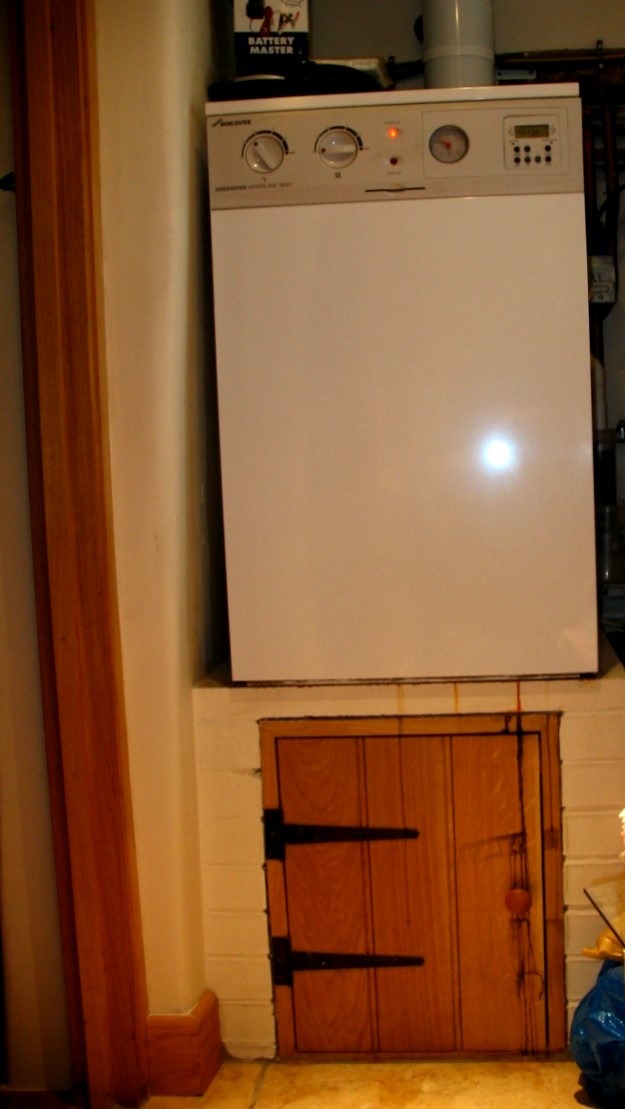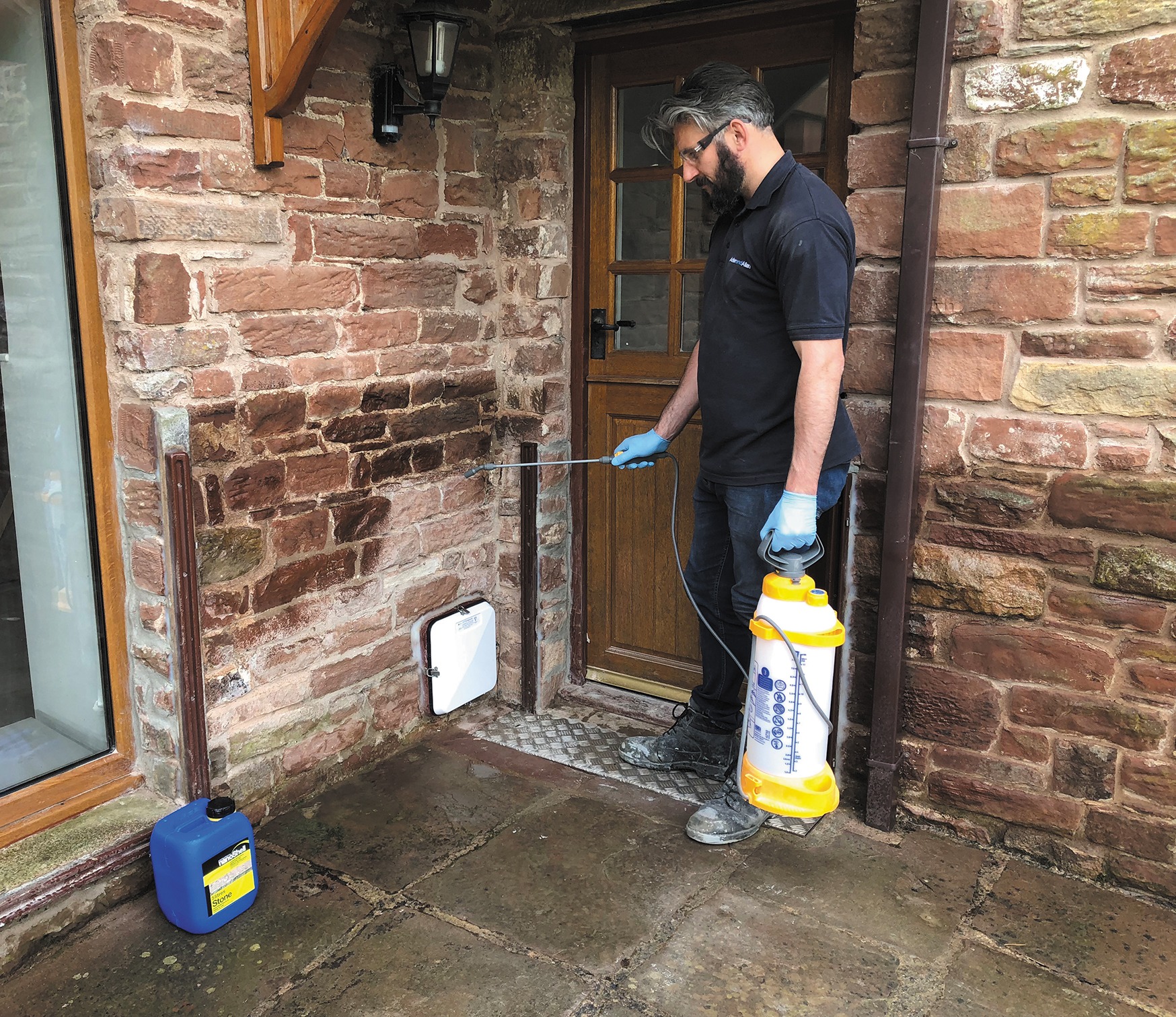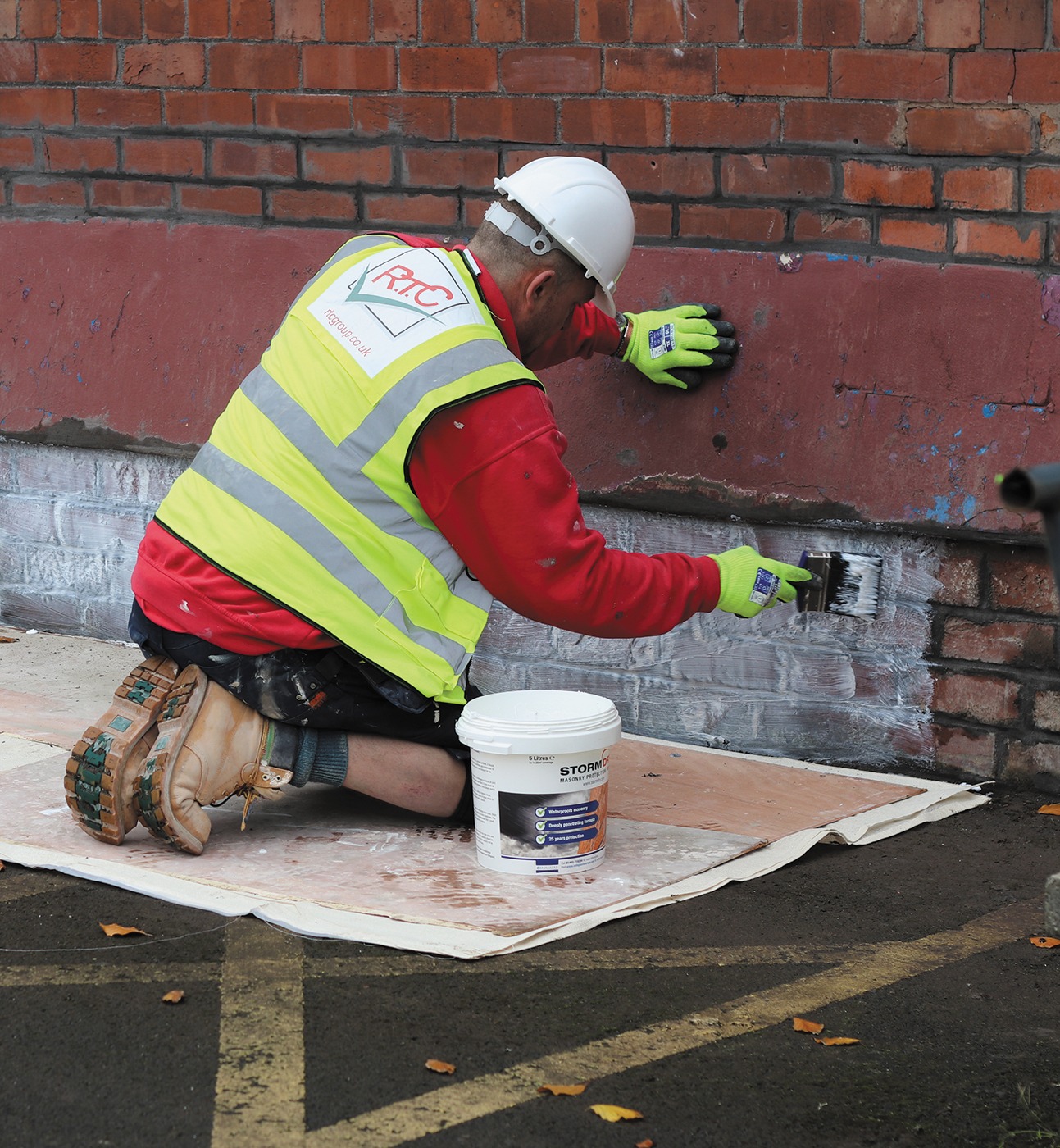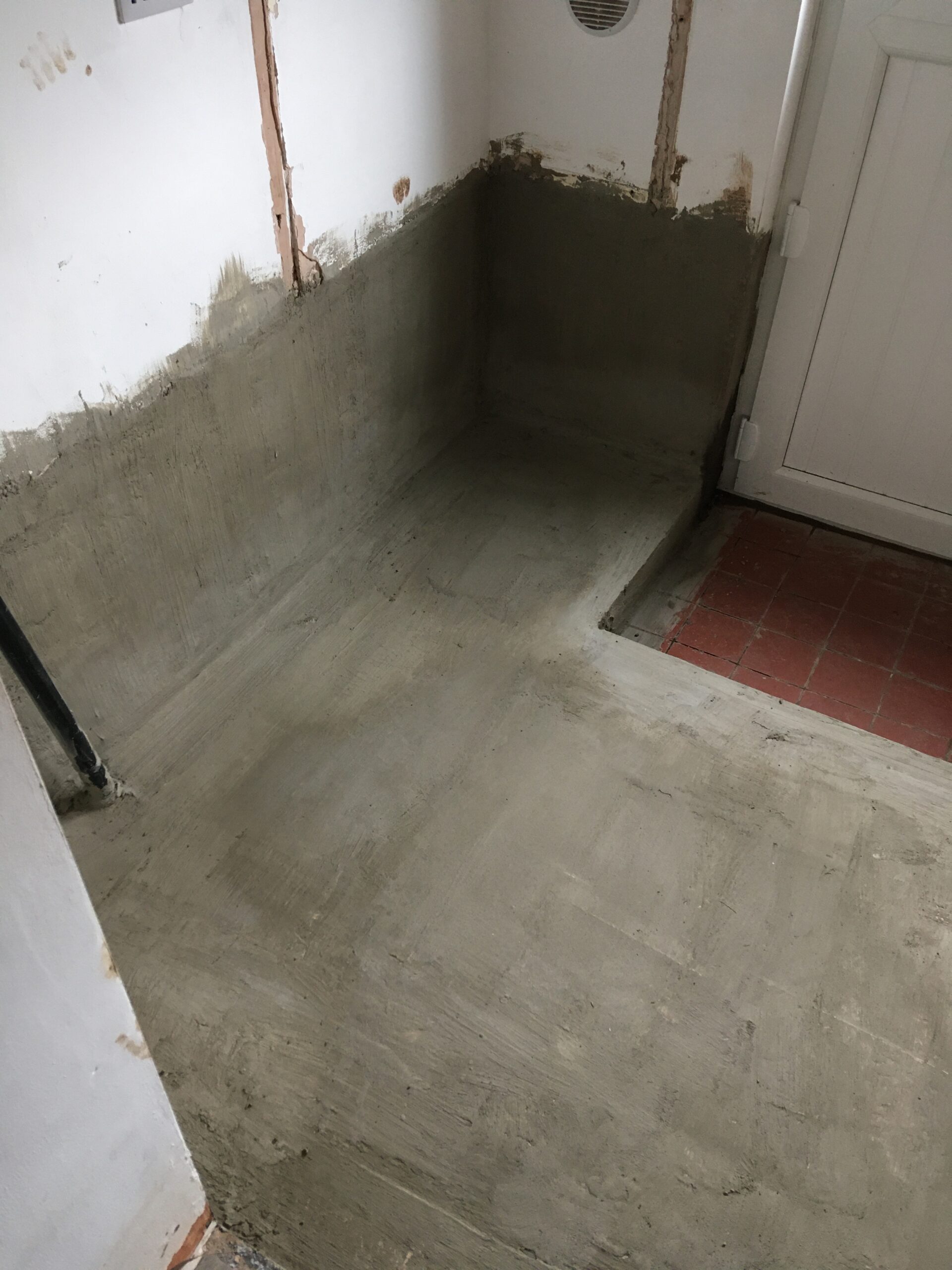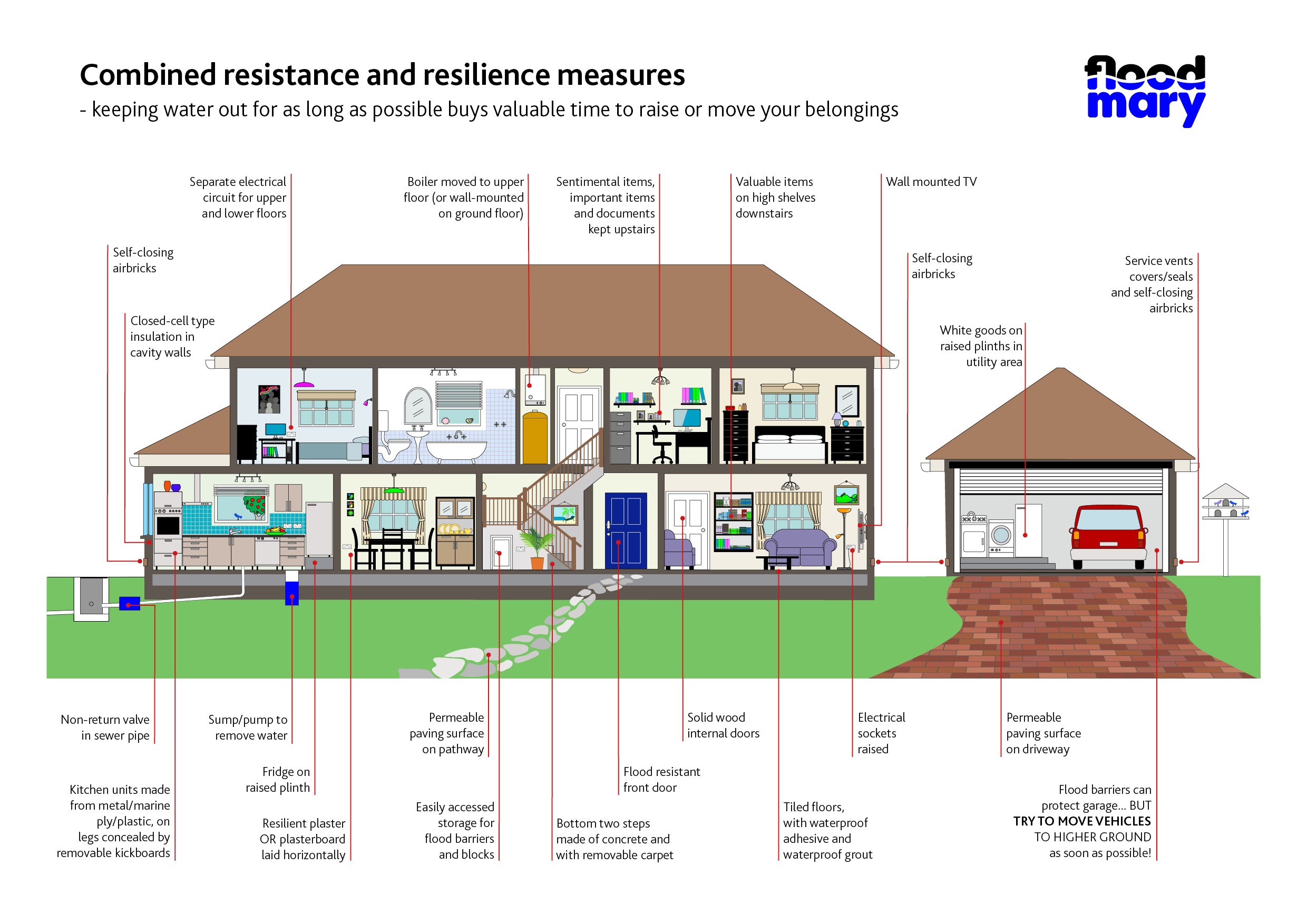
This is a long read but stick with it, as it contains lots of vital information and clear photos.
It is not possible to fully protect a home from all forms of flooding but it is possible to manage your flood risk, by either trying to keep the water out which reduces the awful impact, or by making adaptations to your home, so if you do flood again, you will be able to recover more quickly. This is called ‘Flood Recoverable repair’.
An ideal time to to this is when your home is being repaired after a flood. I have put together an EMag which gives some brilliant examples of what some homeowners and businesses have done. I hope these will inspire you if you are thinking about what you can do to make your own home resilient to future floods.
5 million people live with the threat of being flooded from the river and sea and 200,000 of those are considered to be at very high risk.
According to the Environment Agency, over 3 million people are at risk of surface water flooding in England alone. In my book, it’s far more than that – and the worst bit is that people don’t know they are at risk, as there is no visible river, sea, or stream to warn them of that fact. Almost anyone can be flooded from surface water. (Yes, even those who smugly tell me that they live on a hill – I’ve been in many flooded homes on hills!)
Preparation is essential!
The most important thing you can do to help yourself, is to make sure you know your own flood risk. Go to this website to check your risk and also sign up for free flood warnings: click to sign up for flood warnings.
Once you’ve signed up for a flood warning, write down a plan what you’d do when you receive a flood warning, such as where you’d put your car, as you don’t want a flooded home and a flooded car! Writing down a plan can really help you focus your mind, when you may well be in a bit of panic.
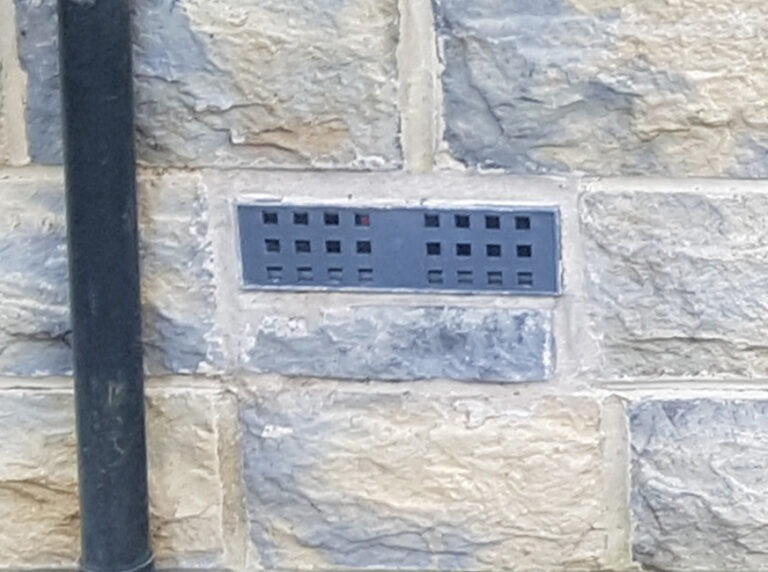
Air-bricks
I spoke with many people after the floods of 2007 and I was often told that the flood water entered their homes only though their air-bricks. This type of flooding is easily preventable. There are quite a few different varieties of air-brick protection.
- An ‘Elastoplast’ type~ one use only ‘stick on’ variety. (Good to have for peace of mind if you live in a low risk flood area, you can buy these from Amazon)
- Covers that can be screwed into the holes.
- Some that have a fixture permanently on the wall so that, once you have a flood warning, you can easily clip the protection cover in place. (Remember again, it may be raining hard or blowing a hooley in the middle of the night when you are trying to fit them, so do allow time in your flood plan.)
- Self closing air brick replacement would be my preferred choice as, they self activate , which means they will work when you are away from home and also means you won’t have to fit them when you receive a flood warning. Don’t forget self- closing airbricks need maintenance. both after a flood to remove any detritus, or at least annually to remove strong spiders webs, which could prevent them from working when needed.
Doorways
Floodwater can often enter a home via the doorway sometimes entering a home through the front door and leaving via the back door destroying everything en- route.
This type of flooding could well be prevented, or at the very least lessened, by fitting a, preferably Kitemarked flood barrier or ‘flood door’. Make sure they are installed by a suitably qualified professional who works to the code of practice. Be aware that a barrier will have to be installed by you on the receipt of a flood warning ( which may well come at 3.30 a.m, when it’s pelting down with rain) and of course, you will have to be in at the time. A Flood door will act on your behalf, as long as it is locked, so you can be out at work, asleep or even on holiday in the Bahamas! Kitemarked flood doors and barriers are allowed a small amount of leakage, So think about keeping a supply of adsorbent cushions’~ they are a bit like disposable nappies for giants and can soak up to about 20 litres of water. (These can soak up any leakage.) *Remember to have both doors and barriers maintained annually, just as you would a car or boiler.*
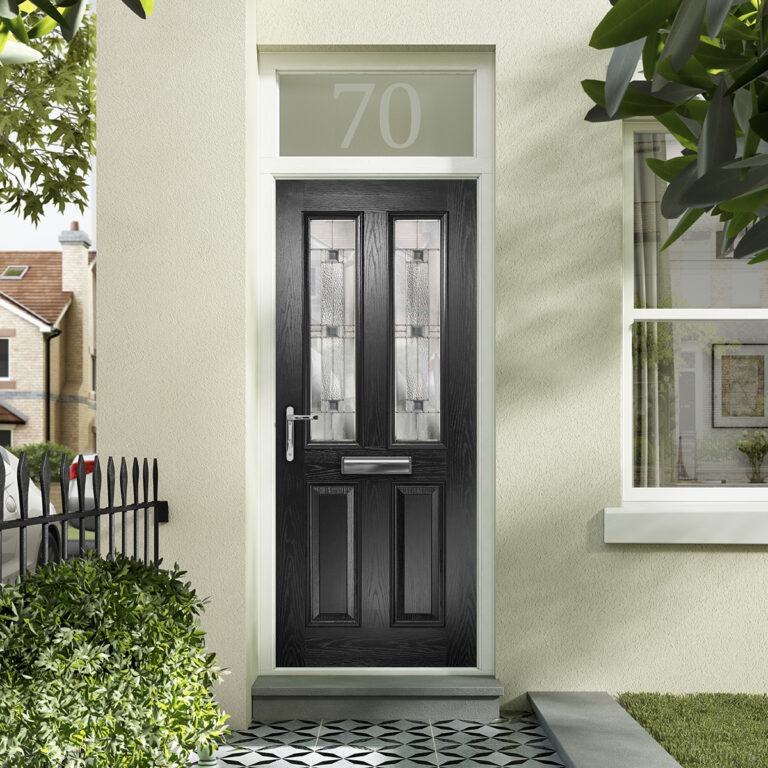
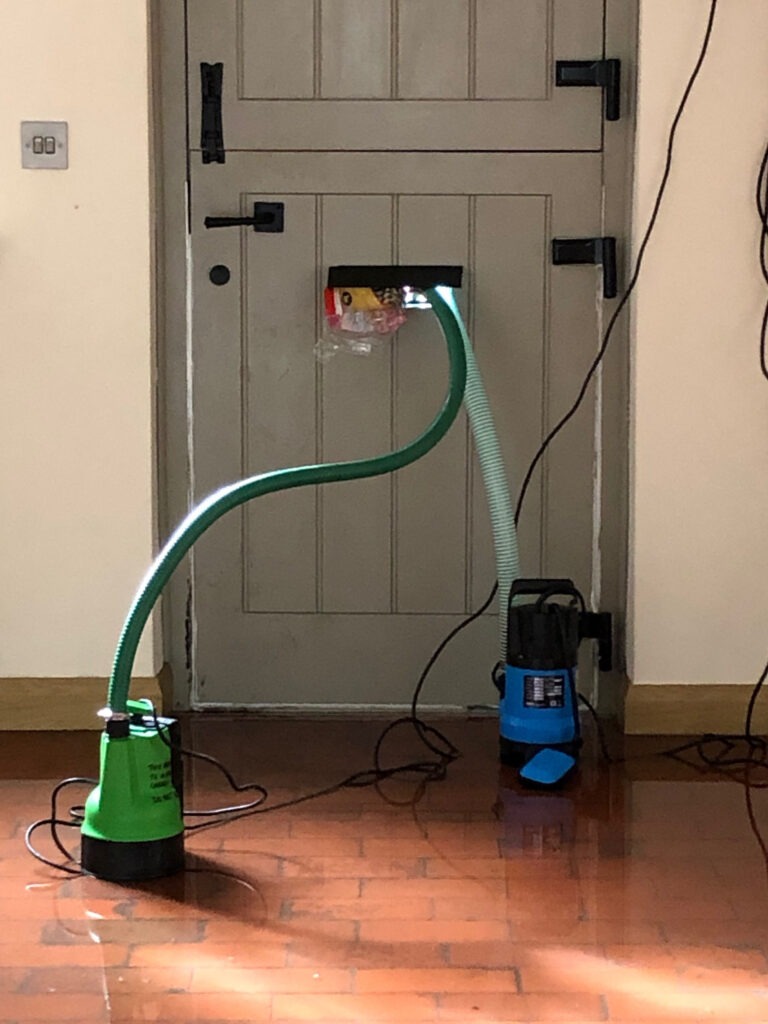
Other types of resistance products
Floodwater can enter your home or business in many ways, and not only through the front door and airbricks. Many people report that the first thing that alerted them to the fact that they were flooding is when their carpets became saturated. In this situation using a pump in a sump under the floor could help to keep the water level down. One of my favourite bits of kit are called ‘Puddle Pumps’ They can sit on the floor and pump water down to between 1-2 mls. So many people I have spoken to have said they couldn’t cope without a pump ( or several pumps!)
It is sensible to get the advice of an expert qualified in flood risk to help you make informed decisions before selecting such products, experts such as Watertight International.
Exterior flood gates can be very effective at holding flood water back from the street.
Anti back flow valves are very useful to stop sewage entering your home via the toilet. Failing that consider investing in a ‘toilet bung’ which can be easily fitted to stop the floodwater over topping the toilet. Floodwater will find the easiest point of entry, even via your washing machine or similar outlets. Again, you can purchase quite cheap anti-backflow valves for these items.
Also think about the condition of your external brick work, as floodwater will find the easiest port of entry. So have a good look at the outside of your property and repair any suspect mortar and cracked bricks, preferably using water proof mortar. Also on the market are sealants which will make the brickwork more resilient to leaking but, at the same time, will allow the bricks to breath.
Pictured below are Floodsax ( one version of other similar interventions on the market) which are a useful addition to try to combat surface water flooding and also to supplement other forms of household flood mitigation.
I would advise
My advice would be to make your home ‘flood recoverable’ – which means: Adapting a property to minimise the effect of floodwater, so that no permanent damage is caused and the structural integrity is maintained. Thus reducing the amount of time homeowners are out of their properties. The recovery from a flood is far worse than the flood itself and anything that can be done to reduce the time it takes to recover is time and money well spent!
It is my view that, sadly, every flood defence will be over topped one day and that flood recoverability is going to be the only sensible option, as we adapt to living with the increased threat of flooding.
If a home owner is putting in flood recoverable measures as part of the repair work after a flood, some changes would cost little more than putting it back to how it was before.
Examples of flood recoverable repair includes raising the plug sockets, boilers and service meters higher up the walls – above previous flood levels, installing tiled floors over a concrete floor, (make sure waterproof grout and adhesive is used!) Plastic, laminate look alike flooring can also recover from a flood. Fit plastic skirting boards, or use wood such as oak which is more resilient to floodwater. I used normal skirting board, but coated it with several layers of yacht varnish, when I was flooded again in 2007 and my skirting boards were fine! Ceramic tiles are fine too. Replace your kitchen units with stainless steel or plastic carcasses with beautiful looking plastic doors (if you prefer it is possible to fit ‘normal’ doors and remove them before a flood.) Also, solid wood can survive a flood. MDF or chipboard units disintegrate with the effects of floodwater.
These don’t have to look at all ugly. The examples shown in my Emag will confirm that. There are some great kitchen design ideas in this booklet too click to view kitchen booklet

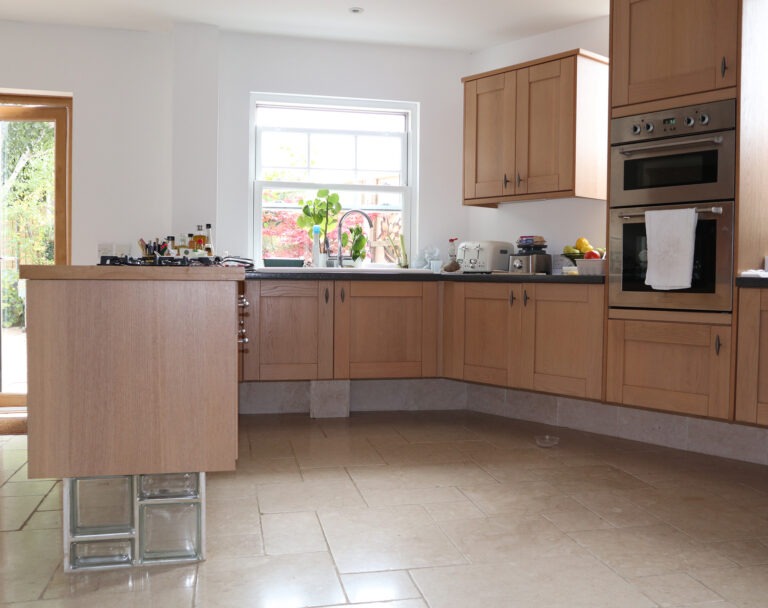
Insulation will need to be replaced with ‘closed cell’ insulation, which can protect against water damage. Make sure that where the walls join the floors ( a regular point of entry for flood water) is sealed, using a good quality slurry. Replace ordinary plaster with lime-based plaster, cement render, a waterproof and breathable plaster, or a replace ordinary plaster boards with ones made of Magnesium oxide, as these are water resistant. If your flood doesn’t tend to be deep, you can replace your plasterboard horizontally for easy replacement. It is also possible to fit a plastic membrane system behind plasterboard, this will allow the water to run straight into a sump and be pumped away.
Solid wood doors will survive a flood but another option is to fit lightweight internal doors with rising hinges, so if you get a flood warning you can lift the doors off and out of harm’s way. Also, keep items of sentimental value upstairs where the floodwater can’t reach them.
Where solid sub-floors exist, the flooring can sit on a studded membrane, allowing water to move beneath the floor and flow to the sumps – this is known as a “cavity drainage system”.
Statistics show that more people are at risk of being flooded than being burgled or seeing their house catching fire. Yet although people are prepared to protect themselves from burglary or fire, few actually take steps to cut down the effect that flooding will have on their homes, businesses and the devastation it brings to their lives. However, with the threat of increased flooding, we will soon be faced with no alternative but to do so!
Click on this link for a virtual tour which shows what you can do to your home to both reduce the amount of water you get in and materials to help it’s recovery. Click to view ‘Virtual Tour’
Disclaimer: Before following any of my advice always seek advice from a qualified flood risk surveyor. Whilst I have given various examples of flood mitigation products to enable you to see what can be done to reduce your own flood risk, my list is not extensive and I do not endorse any product.
Copyright 2023, Mary Long- Dhonau

